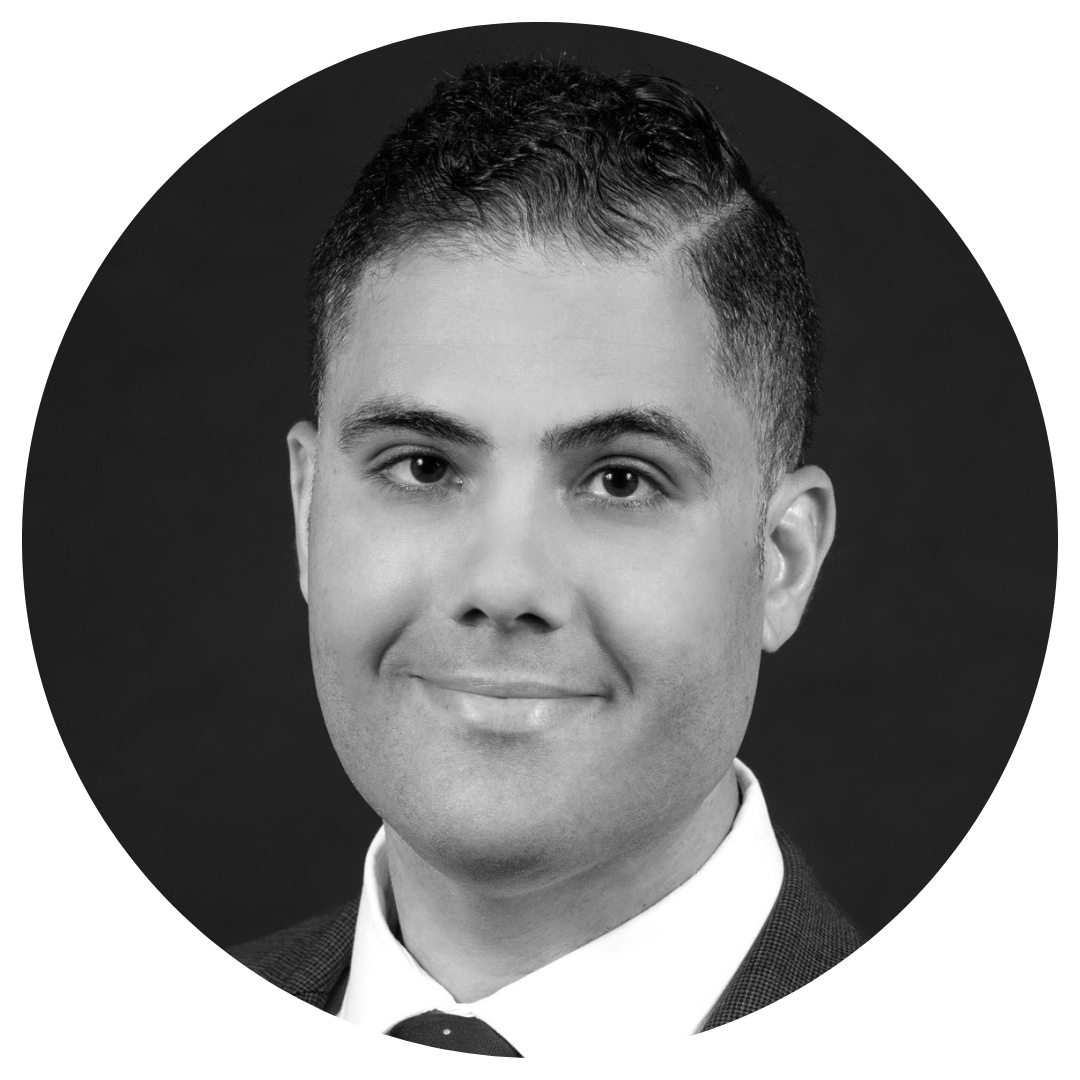
Doctors and medical practices often face substantial tax liabilities due to high earnings and the nature of their business. One of the most effective ways to alleviate this tax burden is through a well-structured retirement plan, such as a new comparability profit-sharing plan.
These plans not only help secure a comfortable retirement, but also offer substantial tax advantages for both the practice and its doctors.
Let’s explore how doctors can maximize these tax benefits.
Employer Contributions: A Direct Tax Deduction
One of the most powerful tax advantages of new comparability profit-sharing plans is that employer contributions are fully tax-deductible. This means that every dollar contributed to the plan by the medical practice reduces the practice’s taxable income for the year. For highly profitable practices, these deductions can add up to significant savings.
For example, if a practice contributes $150,000 to its retirement plan, the practice’s taxable income is reduced by the same amount. At a combined federal and state tax rate of 35%, this could result in $52,500 in tax savings. These savings can be reinvested back into the practice for future growth or used to enhance employee benefits, creating a win-win for both the employer and employees.
Personal Tax Deferral for Doctors
Doctors who participate in these retirement plans also receive significant tax deferral benefits. Contributions made to the plan are on a pre-tax basis, meaning they reduce the doctor’s taxable income for the current year. This is particularly beneficial for doctors who are often in the highest tax brackets.
For instance, a doctor earning $400,000 a year may defer $68,000 in combined 401(k) and profit-sharing contributions. By doing so, their taxable income drops to $332,000. In high-tax states, this deferral could save tens of thousands of dollars in federal and state taxes for the year. This strategy is a powerful way for doctors to manage their tax liabilities while simultaneously building their retirement savings.
Tax-Deferred Growth: A Compounding Advantage
One of the most overlooked but crucial tax advantages of retirement plans is tax-deferred growth. Any investment gains, interest, or dividends earned within the retirement plan are not taxed as long as they remain in the plan. This means that over time, the investments grow without the drag of annual taxes, allowing for compounding returns.
Over a long career, the difference between taxable and tax-deferred growth can be significant. For doctors, who often start saving later in life, the ability to grow their investments tax-deferred is crucial in building substantial retirement savings quickly. Only when the funds are withdrawn in retirement are they taxed as ordinary income, and in many cases, doctors may find themselves in a lower tax bracket during retirement than during their working years.
Reducing Taxable Income Through Higher Contribution Limits
Doctors, especially those over the age of 50, can take full advantage of catch-up contributions to maximize the tax benefits of their retirement savings. For 2024, doctors can contribute up to $23,000 to their 401(k), with an additional $7,500 catch-up contribution for those aged 50 or older. Combined with profit-sharing contributions, the total contribution limit is $69,000, or $76,500 with catch-up contributions.
For doctors in high tax brackets, maximizing these contributions can significantly lower taxable income. This strategy not only reduces the current year’s taxes but also builds a substantial retirement fund in a tax-advantaged way.
Takeaway Thoughts
By implementing a well-structured retirement plan, such as a new comparability profit-sharing plan, doctors and medical practices can enjoy substantial tax benefits. Employer contributions provide direct tax deductions, while doctors benefit from personal tax deferral and the power of tax-deferred growth. With high contribution limits and creditor protection, these plans are an essential tool for maximizing retirement savings and minimizing tax liabilities for doctors in high-income brackets.
If you’re looking to optimize your practice’s tax strategy through retirement plans, reach out to BGA 401k today. We’re here to help you design a tax-efficient retirement plan that works for you and your practice.
Together, let’s evaluate the way we approach retirement programs.
